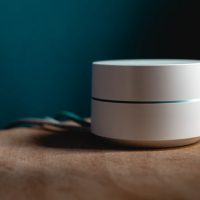What is IoT Penetration Testing?
With the rise of the Internet of Things (IoT) and Internet-connected devices becoming more pervasive in every organization, it makes sense that there’s been more done to assess the risk and implement security controls for these devices. Both the organizations that produce IoT devices and the organizations that incorporate them into their networks have responsibilities […]










